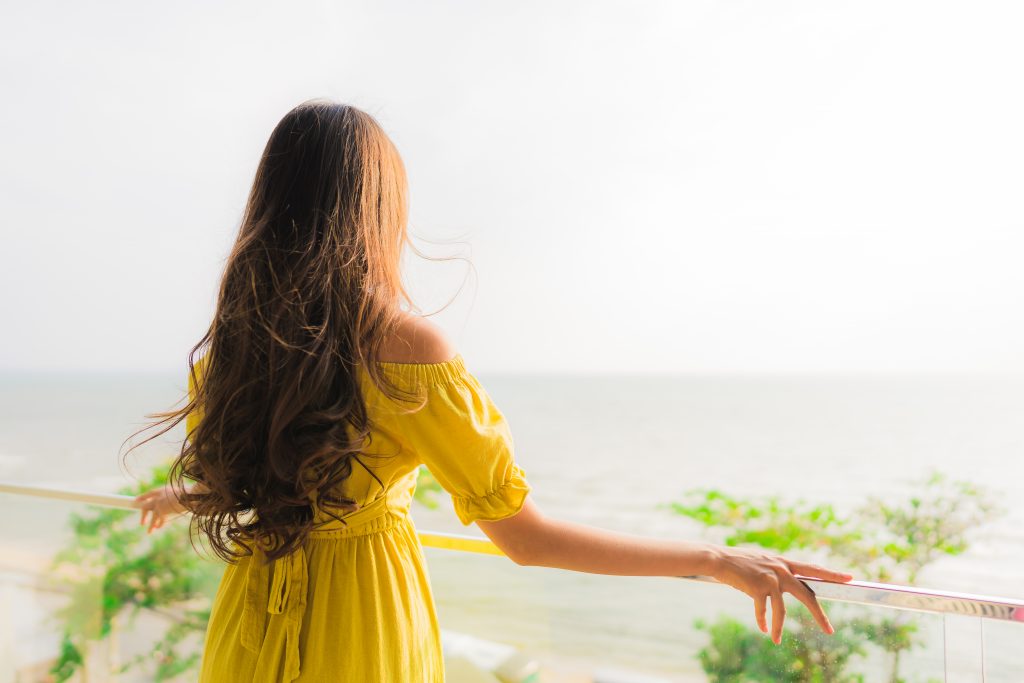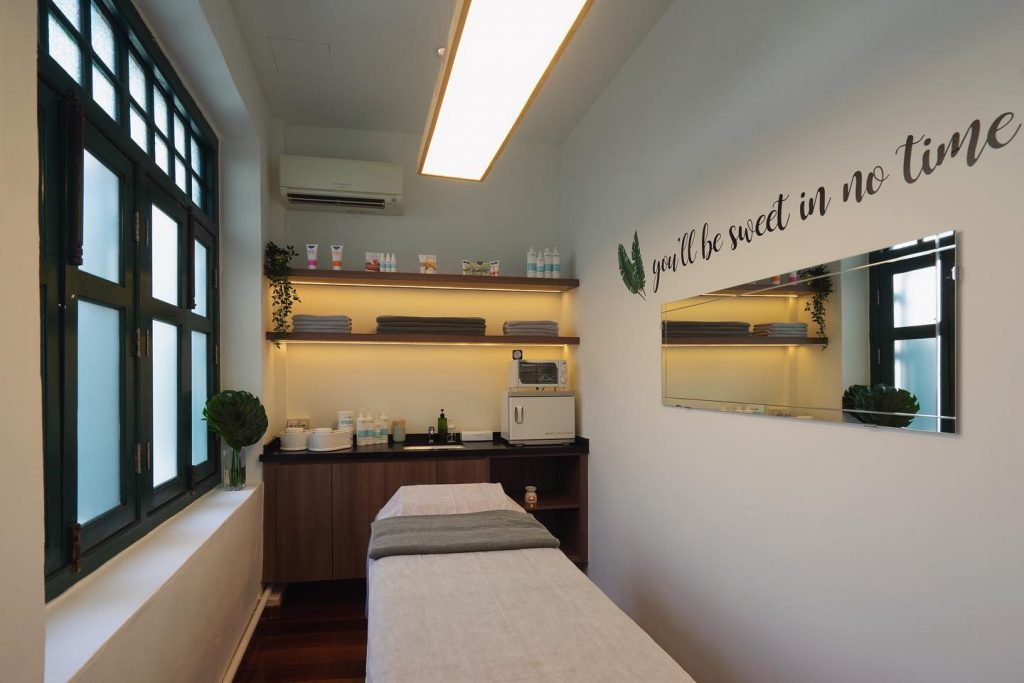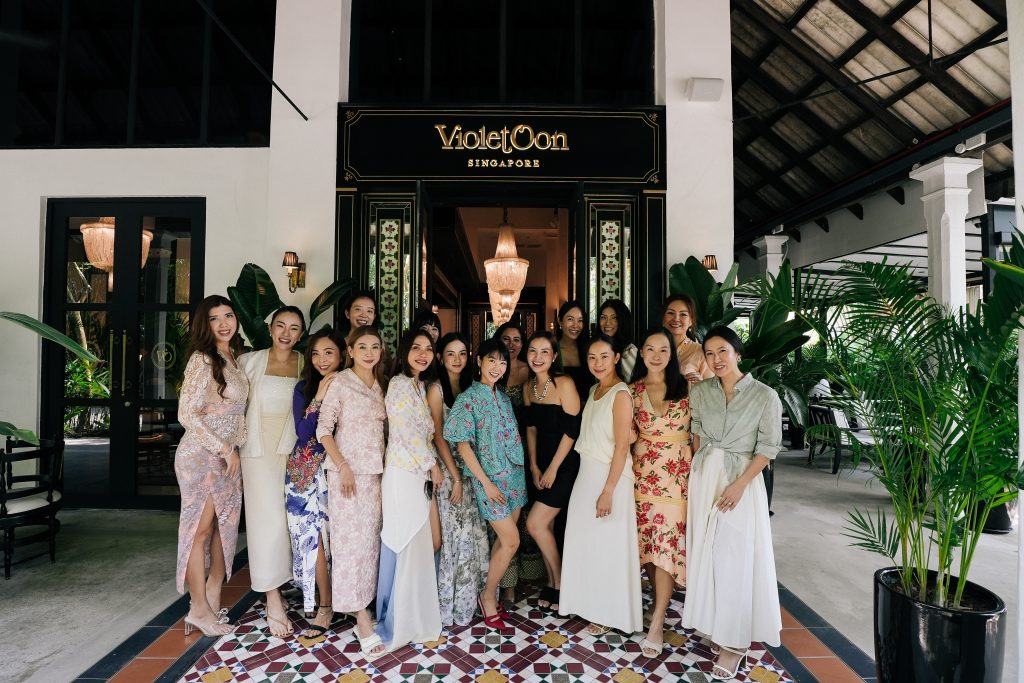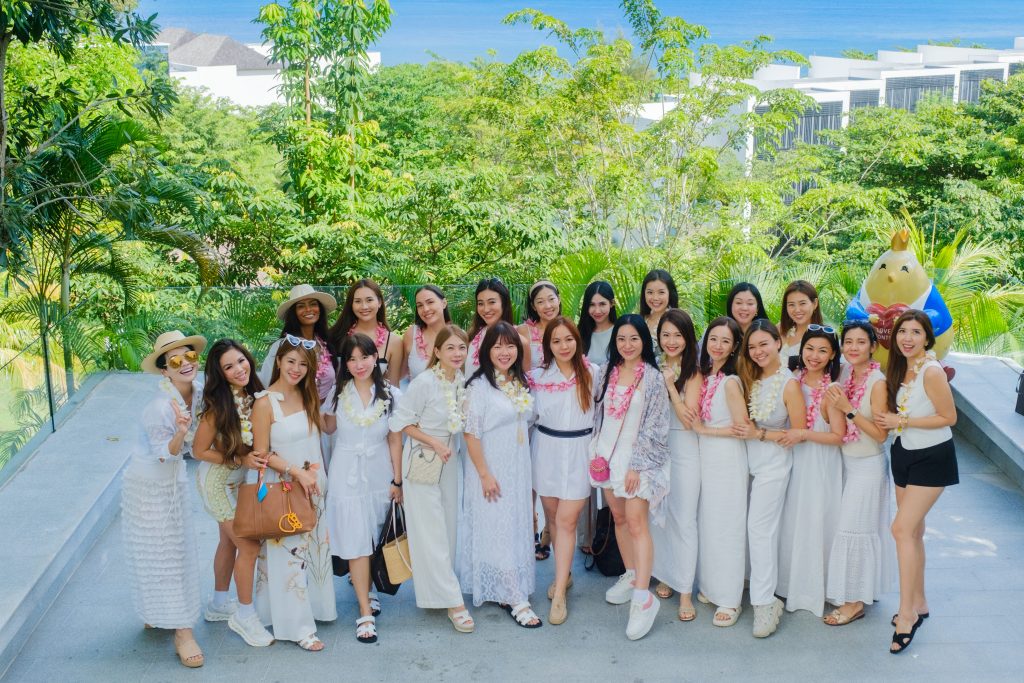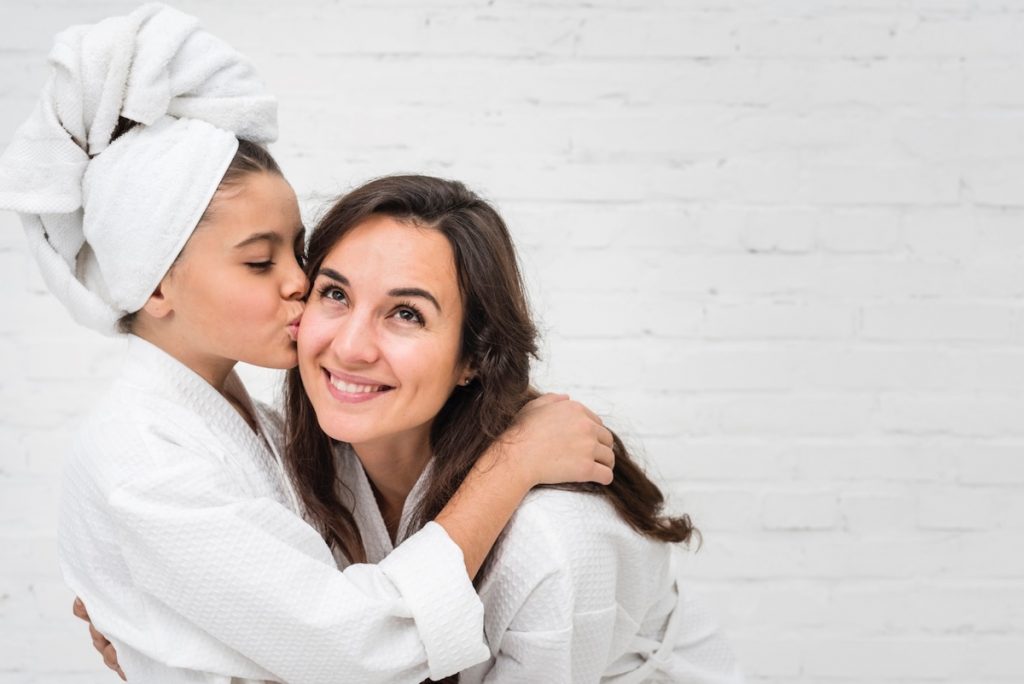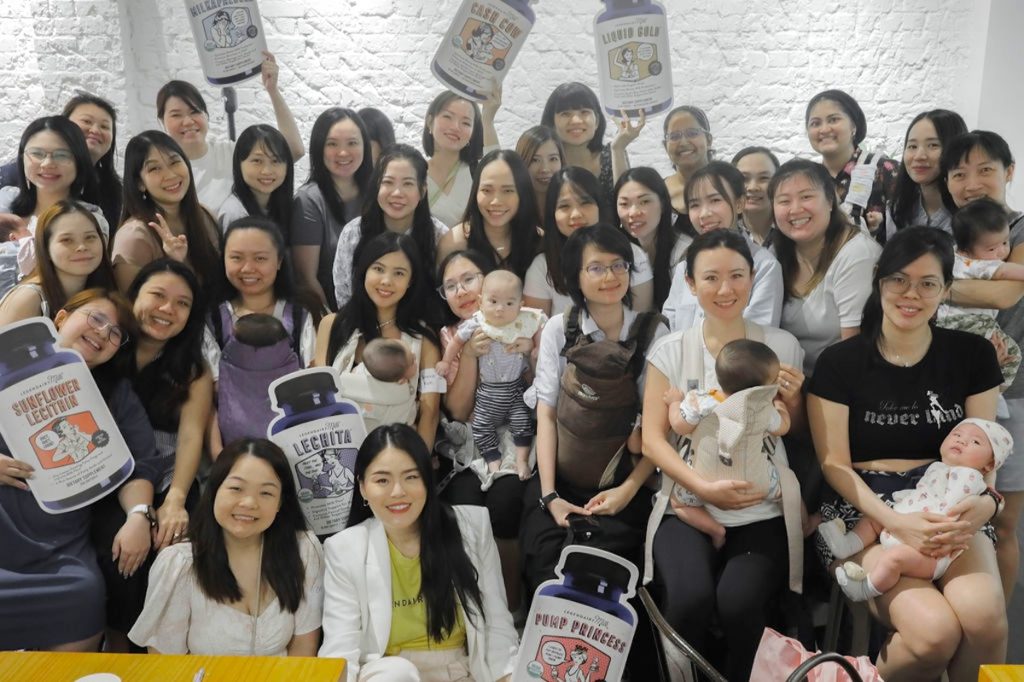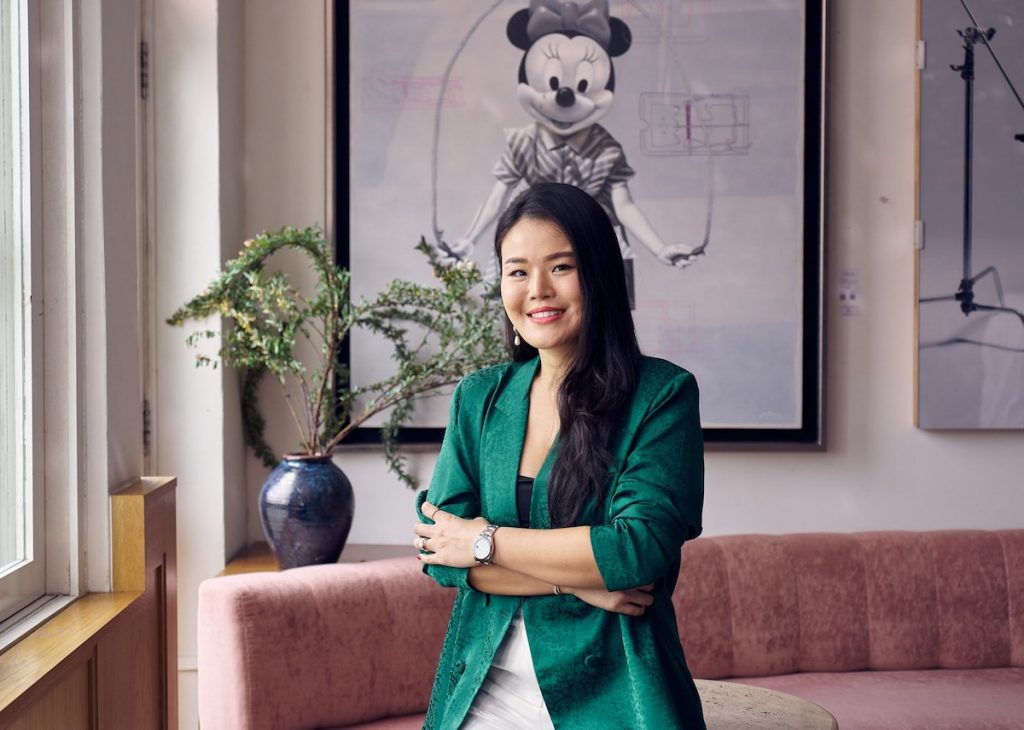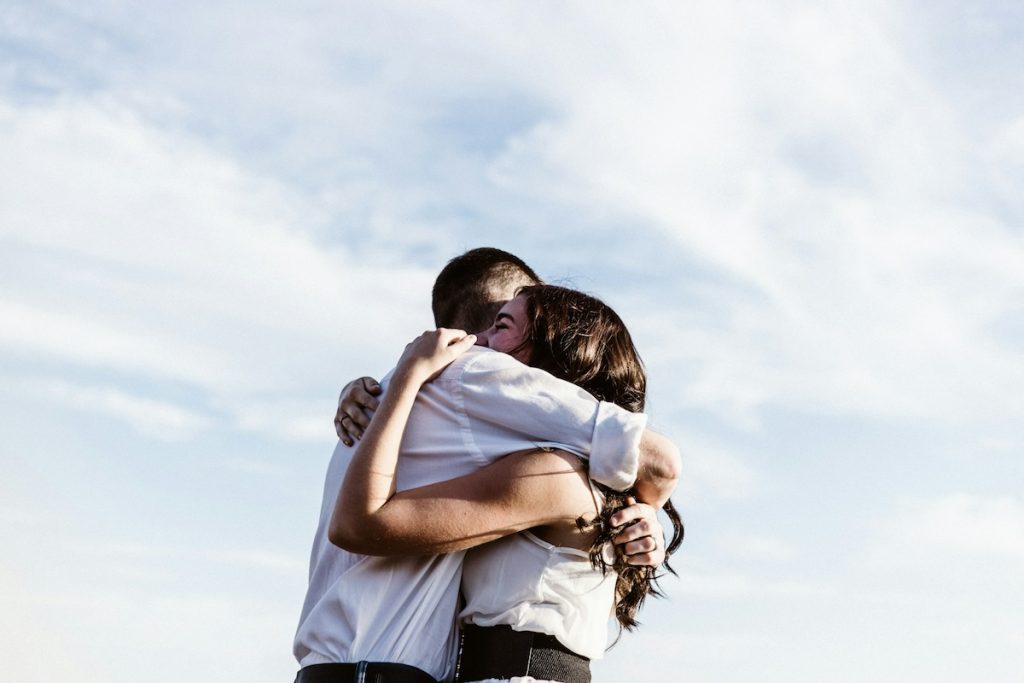UV radiation. Friend or foe? Often heard and oft ignored, it’s easier to pay attention to the latest Bubble Tea trend than sift through all the information about UV radiation. But understanding the basics of UV radiation will prioritise your skincare concerns. Better yet, help you make the best decisions to protect your skin.
The basics – what is UV radiation?
Ultraviolet radiation is the long form for UV radiation. Discovered around 1800, ultraviolet rays are a type of natural light energy produced by the sun. The light energy from the sun reaches the earth as three types of rays: visible, infrared and UV rays. Infrared and UV light are invisible rays of light with different wavelengths than those of visible light. These rays can cause harm to your skin without you knowing.
What are the different types of UV radiation?
UV light is broken into three categories: UVA, UVB and UVC. Each of these have differing wavelengths. Of the three, UVC rays are absorbed by the earth’s atmosphere, never reaching the earth’s surface.
A for Ageing
UVA are light rays which have a longer wavelength and its damage is the cause of wrinkles, and loss of skin elasticity or ageing. 95 per cent of UV radiation that reaches the earth are UVA rays. Its radiation is the same year-round during daylight hours.
B for Burning
UVB light have characteristically shorter wavelengths and makes up the remaining 5 per cent of light rays that reach the earth. It is the key ingredient which allows the skin to produce vitamin D from cholesterol in the skin. With prolonged exposure, UVB causes burning and darkening of the skin’s outer layers.
It is important to note that sunlight is important to health. Sunlight is vital for vitamin D production in the skin for bone and muscle health. It is also good for emotional well-being, helping to regulate the body’s circadian rhythm (body clock of sleep-wake hours).
What happens to my skin?
When exposed to sunlight, both UVA and UVB rays hit the skin. The skin defends itself from the UV radiation by making its outer epidermis thicker. The cells on the lower levels of the epidermis get pushed upward. They become harder to protect skin from heat and cold.
It also produces darker pigment called melanin. This production is the skin’s natural response to UVB exposure and appears as a tan.
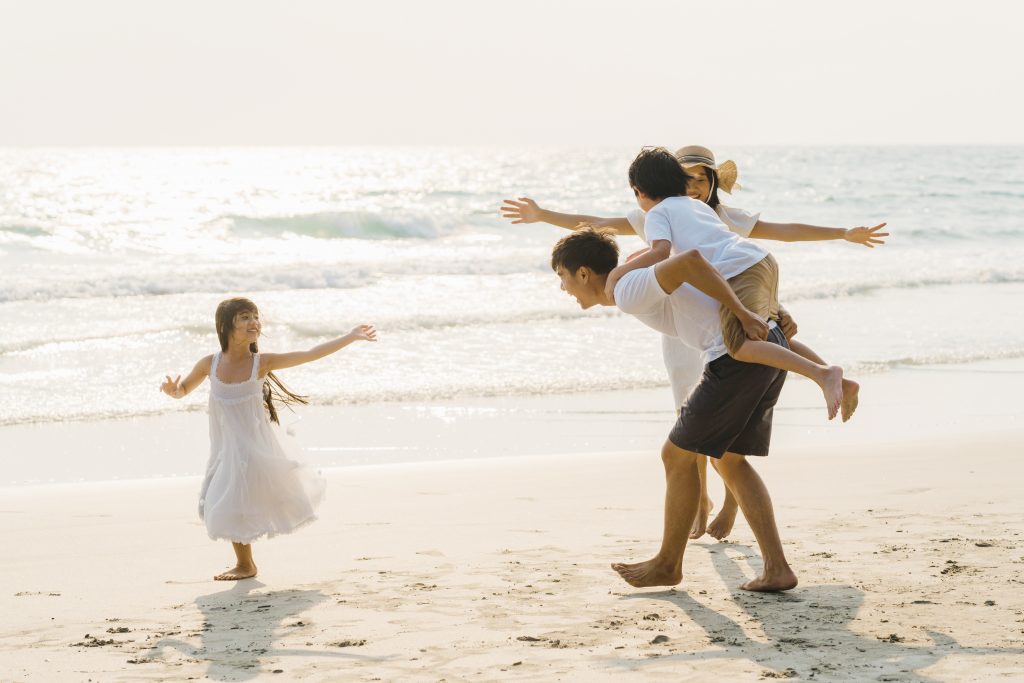
How do I know how much exposure I’m getting?
UV radiation hits the earth’s surface the same but countries near the equator like Singapore experience yearlong UV exposure.
Those living in higher altitudes also suffer from increased UV exposure.
You are not spared from UV exposure even on cloudy days as the rays can penetrate through cloud cover. Sunlight also reflects and bounce off surfaces like water, sand, snow, and pavements, causing an increase in UV radiation, even harming the eyes.
When you are heading out, remember to check the UV Index (UVI). This is an international standard index from 0 to 11+, the UVI indicates the potential harm to the skin when exposed to the sun.
Singapore’s UVI hovers between 8 to above 11 during noon time, according to the National Environment Agency¹. The average UVI hovers between indices 4 and 7 or moderate to high throughout the day, meaning UV radiation on skin is wide-ranging. You can check it here.
With skin cancer as one of the Singapore’s top ten cancers², it helps to seek shelter from the constant exposure.
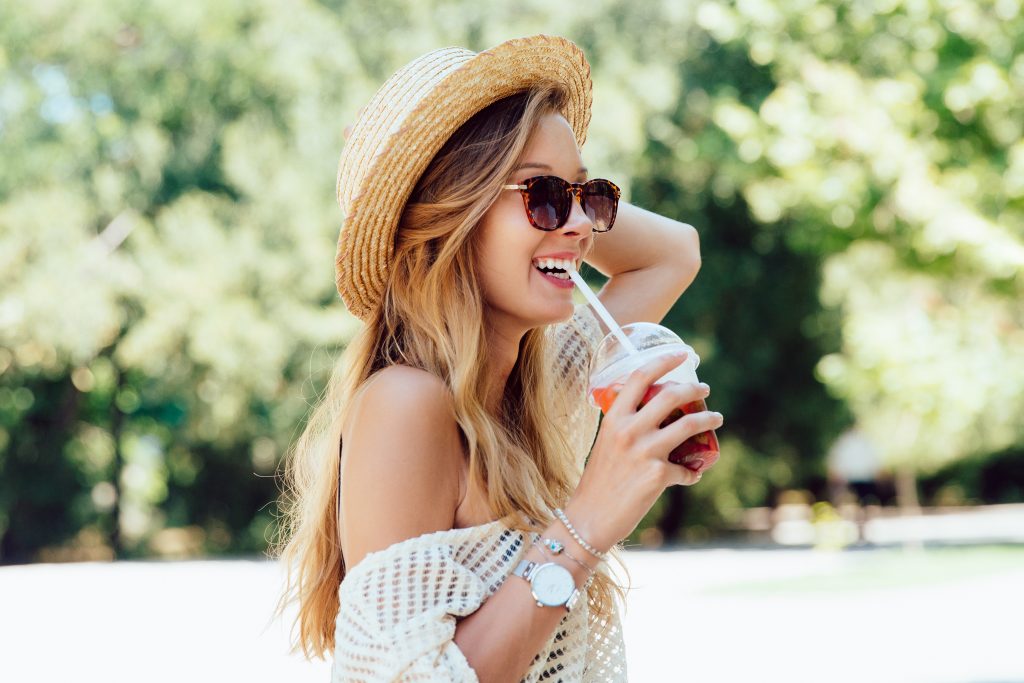
How much UV exposure is too much?
Research³ proves that skin only needs between 600 – 800 international units of vitamin D daily. That’s equivalent of 13-minutes of sun-time at midday. Too much of UV radiation causes the DNA (genes) in skin cells, to mutate, causing varying types of skin cancer.
Common types of skin cancer include basal cell carcinoma and squamous cell skin cancer. They are cancers which form in the cells which do not produce skin pigment and often form on the head, face, neck, hands, and arms.
Melanoma⁴ is the deadliest form skin cancer caused by excess UV radiation, damaging the cell DNA. Melanoma is often a consequence of repeated exposure without any protection. Because of its ability to metastasize to other parts of the body, melanoma is considered the riskiest type of cancer.
How best to protect myself against UV radiation?
With Singapore’s perennial sunny weather, there are several things we can do to protect against the exposure.
Stay in the shade
Stay indoors between the high UVI hours of 12pm – 3pm. If you must head out, use an umbrella or a hat to shield your upper body, including your head and scalp, from direct sunlight. Your armour should also include sunglasses with good UV protection to protect your eyes from cataracts forming later in life.
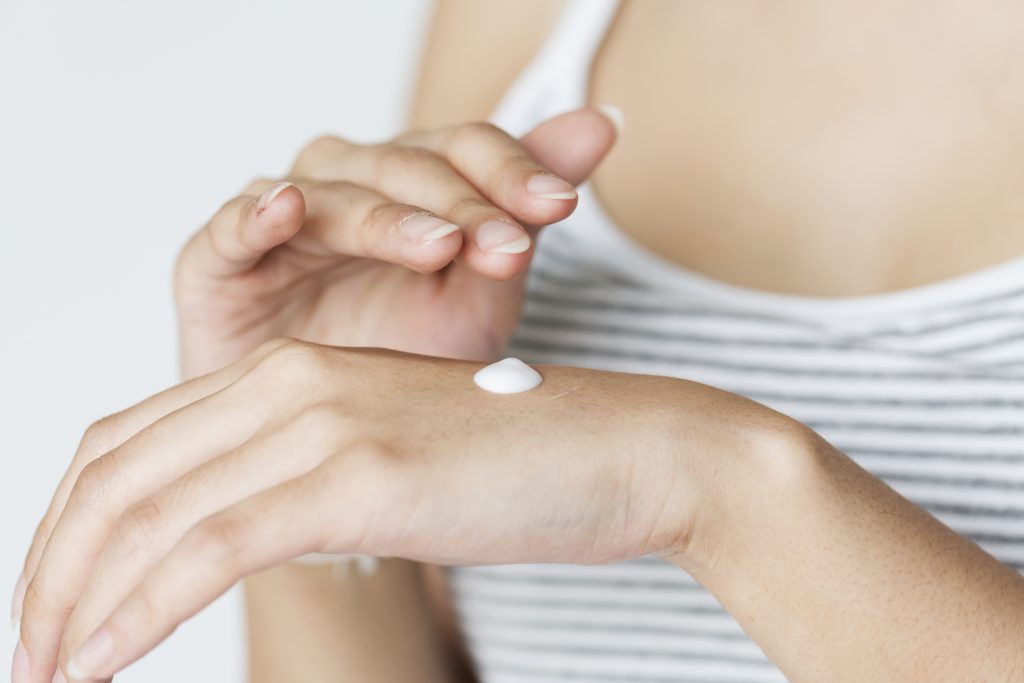
Put on protective layers
Most important of all is sun protection you apply on your skin.
Choose from two types like physical sunblock and chemical sunscreens with broad spectrum protection to cover both UVA (ageing) and UVB (burning) rays.
Physical sunblock reflects the UV rays. Its key ingredients include mineral-based zinc oxide and titanium dioxide. They work by staying on top of skin and deflecting the UV rays away from the skin.
Chemical sunscreens absorb UV rays and then scatter them as heat energy. They contain chemical compounds such as oxybenzone. As UV rays are absorbed, the chemical bonds break and the result is energy. These sunscreens are easier to apply because of its formula but can also cause irritation to the skin.
Burn protection
Sun Protection Factor or SPF protects the skin from UVB rays that cause skin to burn and darken. SPF ratings provide the maximum length of time one receives protection. This means, SPF30 provides 30 times more protection than if you did not apply any sun protection at all.
Most dermatologists recommend SPF30 as the minimum as it protects up to 97 per cent of UV rays while SPF 50 gives protection of up to 98 per cent.
Go Against Ageing
To safeguard against ageing from UVA, look for sun protection with a PA rating. Developed by Japanese scientists, PA stands for “Protection Grade of UVA” and has three gradings with PA+++ as the highest protection efficacy against UVA exposure.
Reapply your sun protection often because sweat can cause sunblock or sunscreen to lose its efficacy. Also, defend your skin with layering. Both your skincare regime and makeup should contain broad spectrum sun protection to ensure you are adequately covered.
Protection against UV exposure starts with a good skincare routine. Your skin will thank you for it.
Get ready for the Heat!
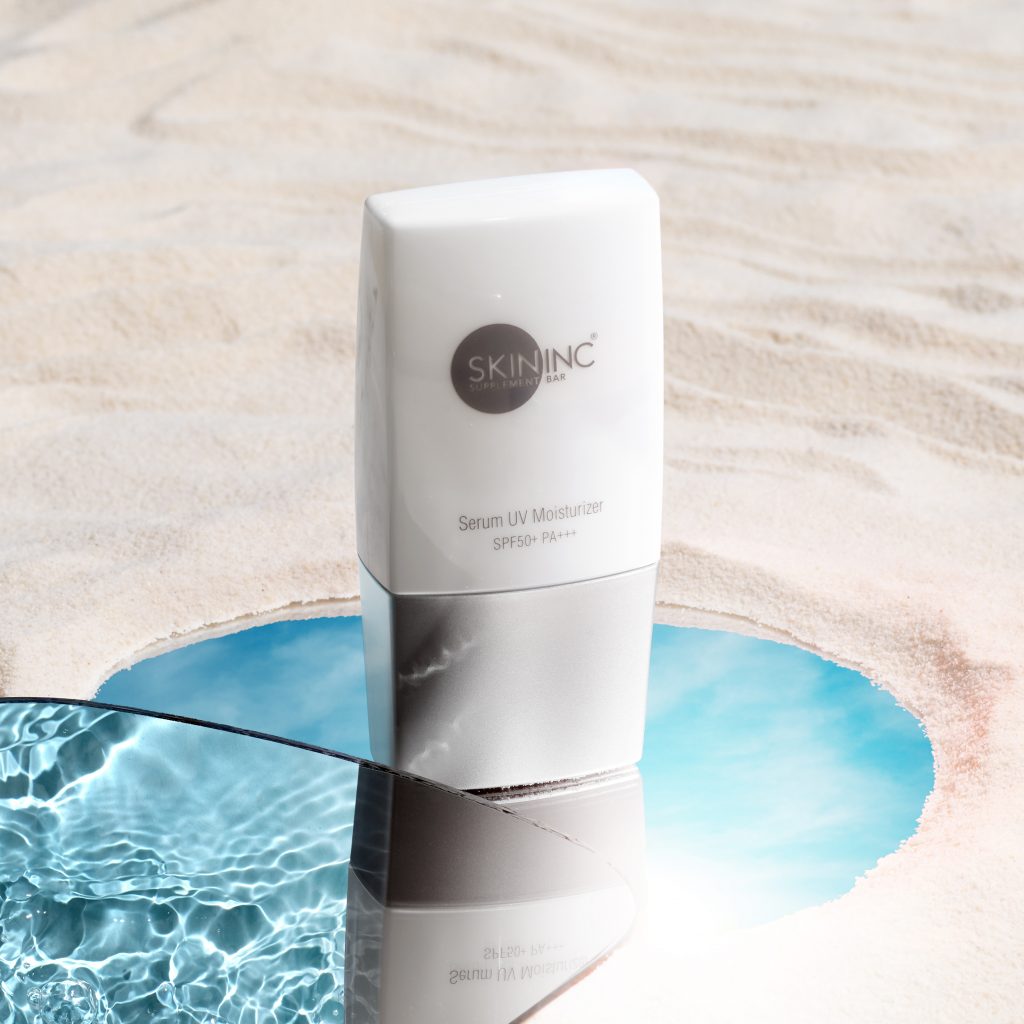
Beat the heat. Try Skin Inc’s new Serum UV Moisturiser ($72, 35ml). This product has a blend of sunscreen filters that help buffer the UV rays and blue light rays that reach the skin. Active ingredients include Ethylhexyl Methoxycinnamate, Ethylhexyl Salicylate, Bis-Ethylhexyloxyphenol Methoxyphenyl Triazine and Titanium Dioxide that sound like a mouthful. But together, they work to block, absorb to scatter harmful UV rays that reach the skin.
The Serum UV Moisturiser also contains antioxidants like Vitamin E to combat the effects caused by free radicals. It has cica and lavender that are rich in repairing properties too.
More than 60% of Skin Inc’s customers surveyed said they did not like wearing sunscreen indoors because of its tacky texture or the white cast left on the skin.
The Serum UV Moisturiser is lightweight and easy to apply, perfect for UV protection indoors and out. This dual-purpose moisturiser is available at Skin Inc stores and online at www.iloveskininc.com.
Other sources:
- American Academy of Dermatology Association: https://www.aad.org/public/everyday-care/sun-protection/sunscreen-patients/sunscreen-faqs
- Centre for Disease Control and Prevention: https://www.cdc.gov/nceh/radiation/ultraviolet.htm
- National Environment Agency, Singapore: https://www.nea.gov.sg/weather/ultraviolet-index
- American Cancer Society: https://www.cancer.org/cancer/cancer-causes/radiation-exposure/uv-radiation.html
- SingHealth: https://www.singhealth.com.sg/patient-care/conditions-treatments/skin-cancer/overview
Article brought to you by Skin Inc.



